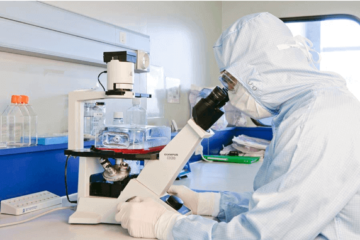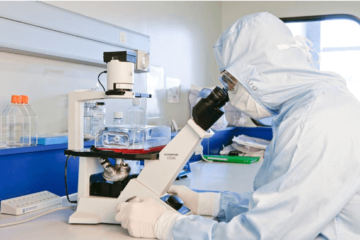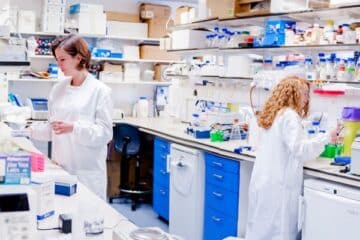Stem Cell Research in Haiti: Tackling Sickle Cell Anemia with Regenerative Medicine
Stem cell research in Haiti offers a promising approach to combating sickle cell anemia. By harnessing the regenerative potential of stem cells, scientists aim to develop innovative therapies that target the underlying causes of this debilitating disease, paving the way for improved health outcomes in Haiti and beyond.














